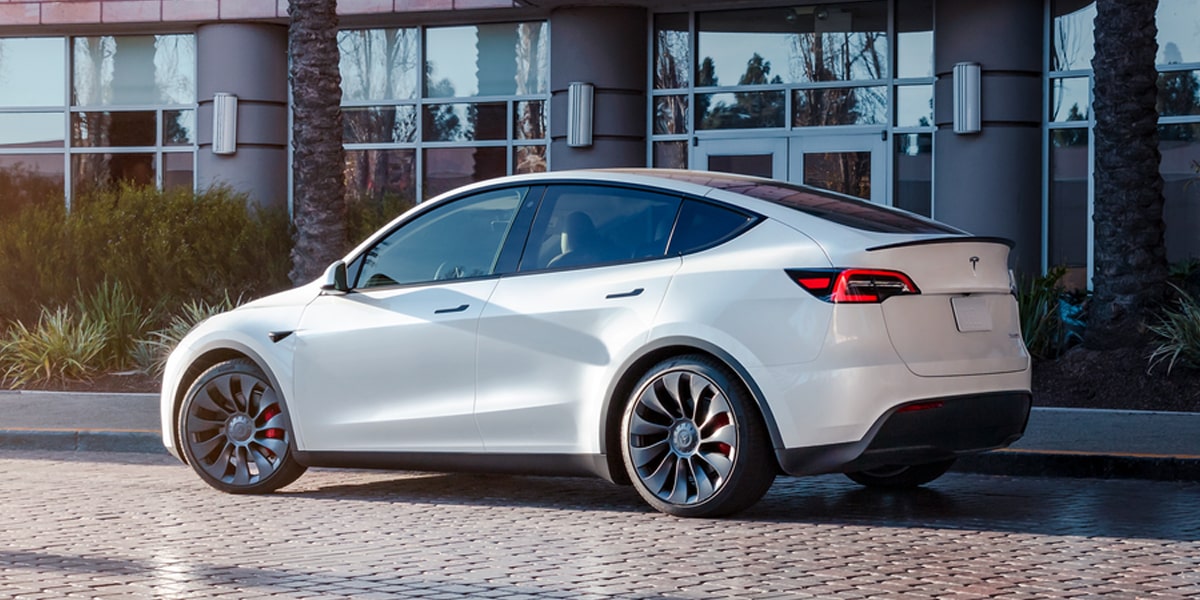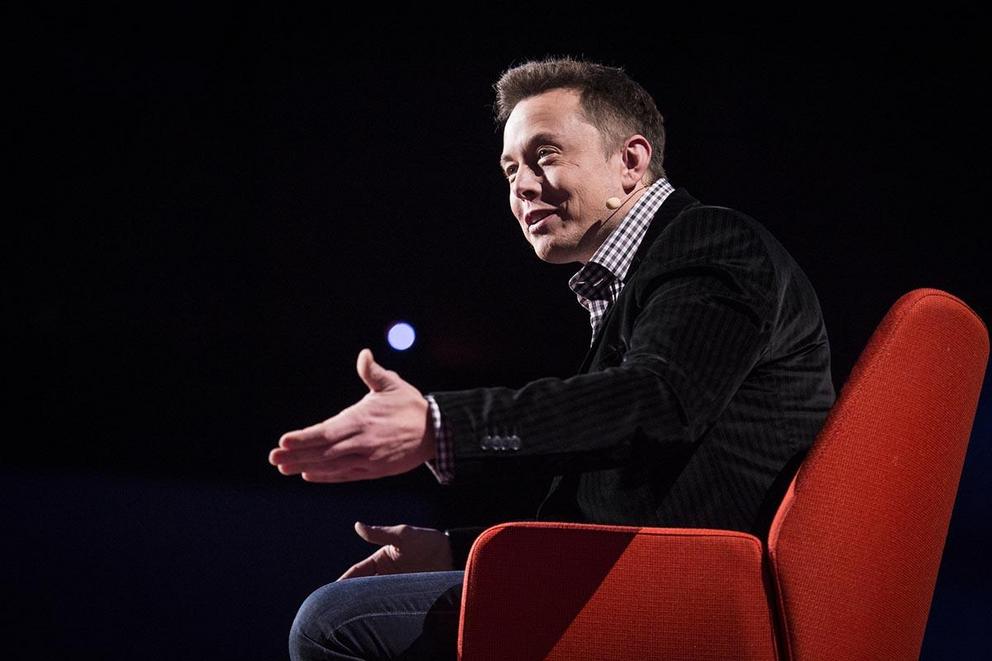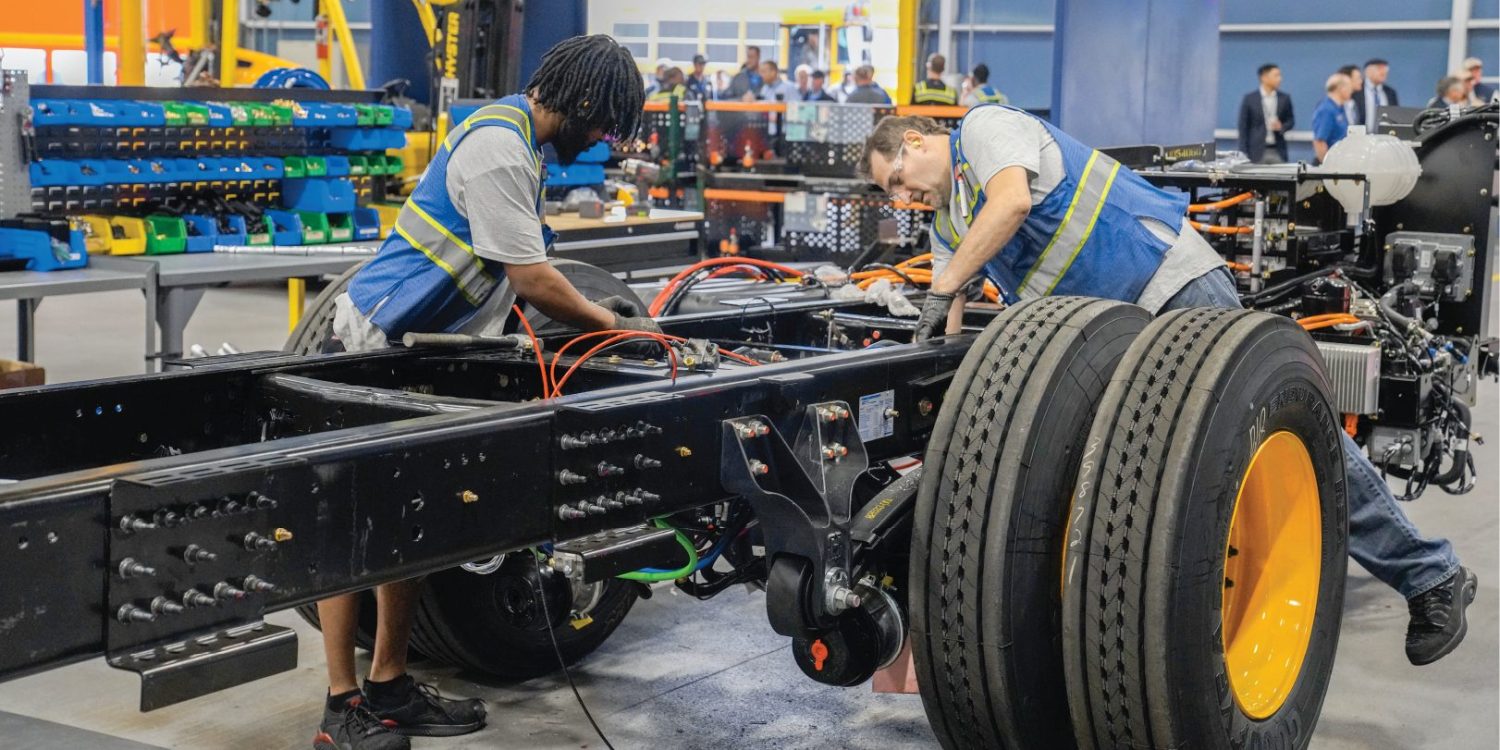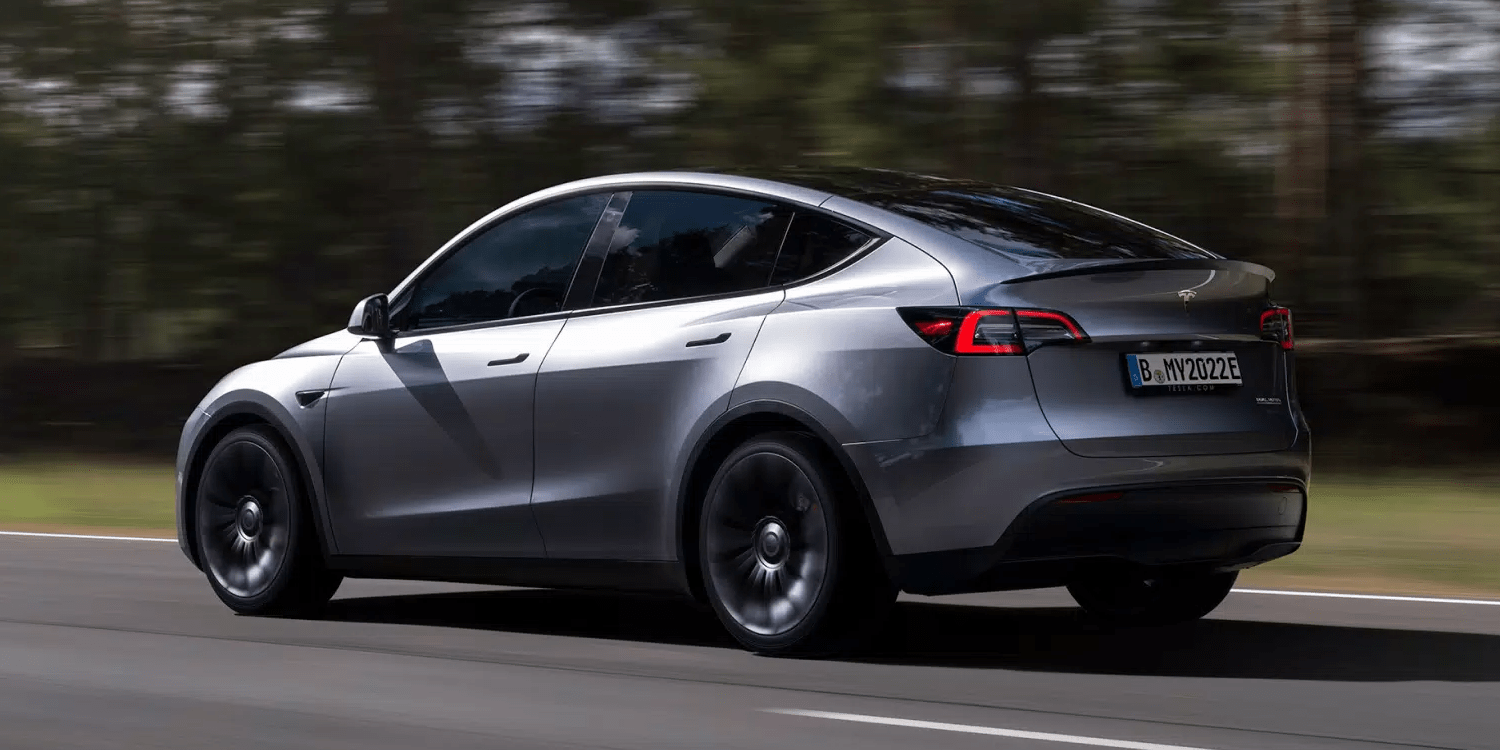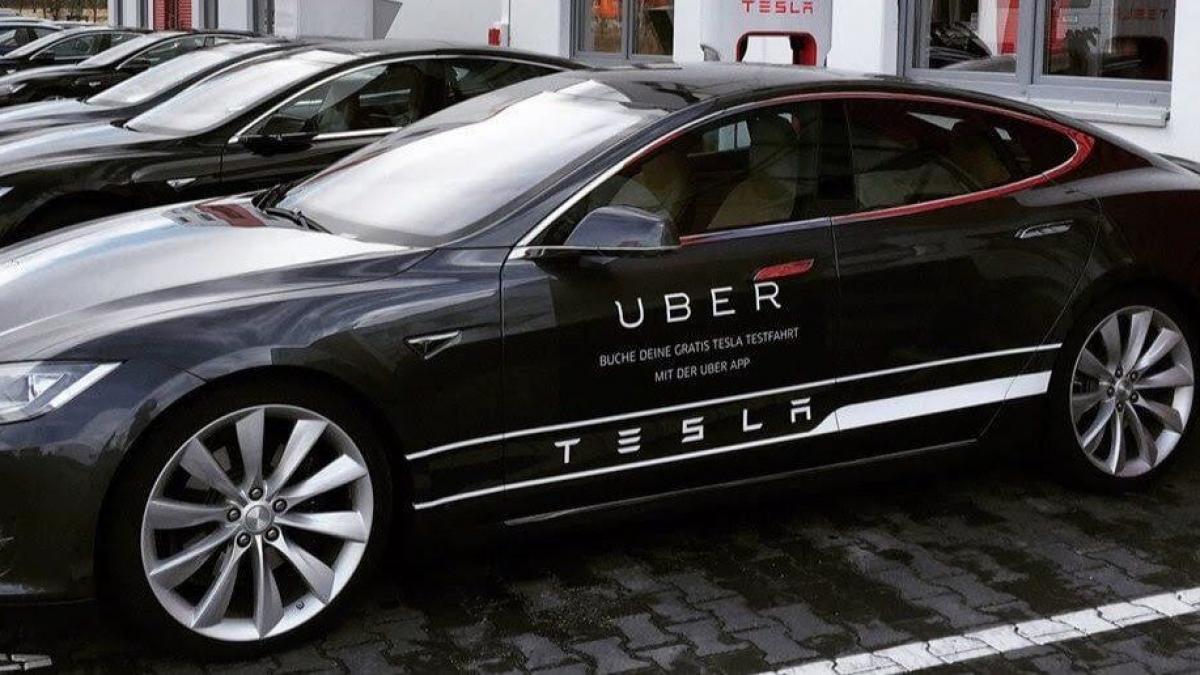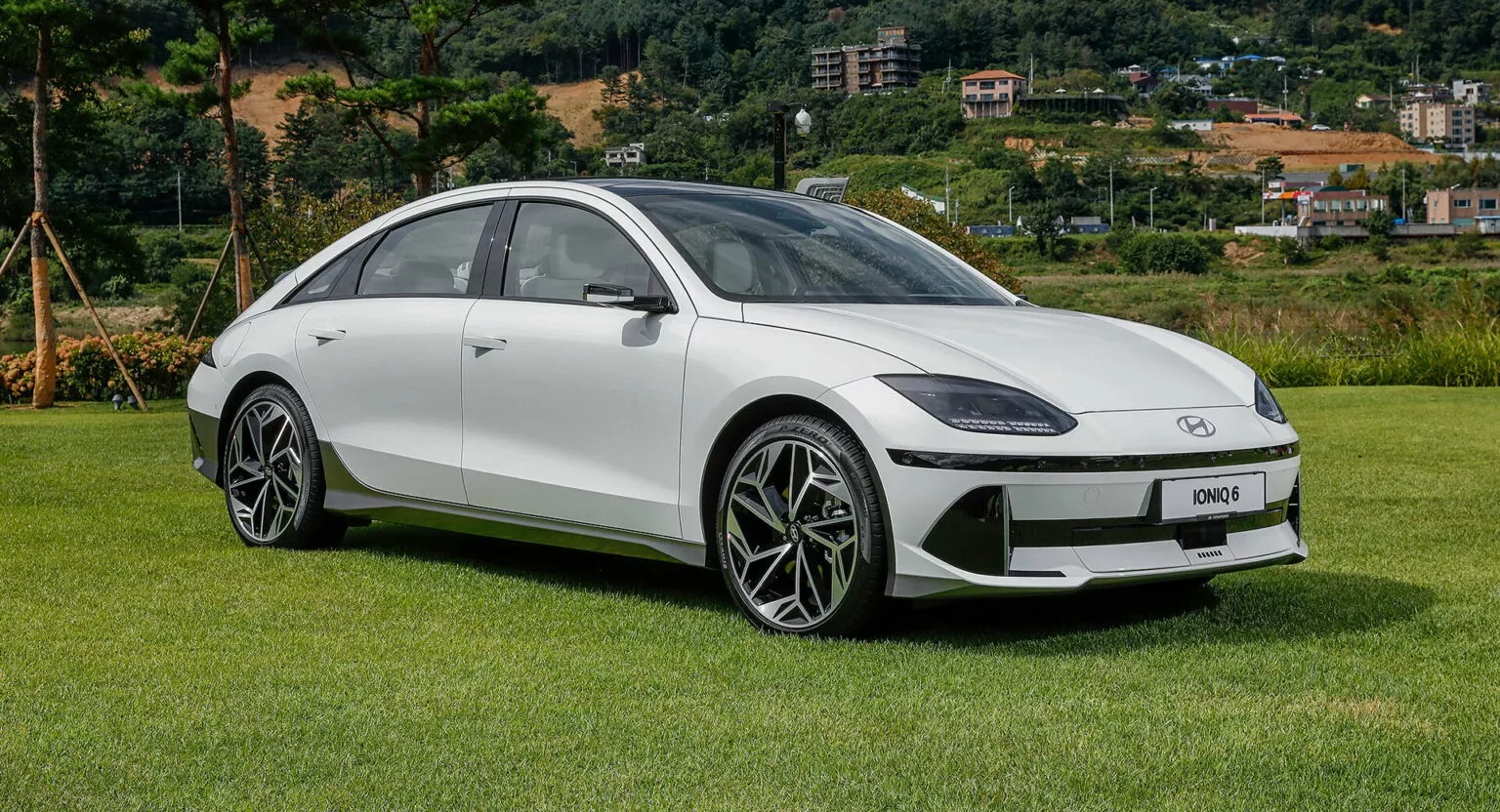Tesla’s new Model Y, equipped with BYD batteries at Gigafactory Berlin, is making waves in the electric vehicle (EV) market with its significantly faster charging capabilities compared to its predecessor.
In a surprising turn of events, Tesla and BYD, once regarded as competitors, have formed an unlikely partnership in recent times. There was a time when they didn’t take each other seriously, as evidenced by Elon Musk’s infamous laughter at BYD’s electric vehicles during an interview. However, both companies have since established themselves as major players in the EV industry.
Last year, Tesla began procuring battery cells from BYD, with speculations pointing towards the use of BYD’s innovative “Blade battery.” This unique cell design features an LFP (lithium iron phosphate) chemistry packaged in a long, blade-like format.
Recently, the new Model Y, powered by these BYD cells, commenced production at Gigafactory Berlin, and early adopters on the local German TFF forum have already discovered some intriguing differences.
One of the most notable improvements is the extended maintenance of the peak charge rate exhibited by the new BYD cells. The Model Y with these cells achieves a similar top charge rate as the older Model Y with CATL LFP cells manufactured at Giga Berlin.
However, the new BYD cells demonstrate the ability to sustain this charge rate over a higher state of charge, resulting in shorter overall charging sessions. It is essential to recognize that various factors, including charger performance and temperature, can influence the charging process, irrespective of the electric vehicle itself.
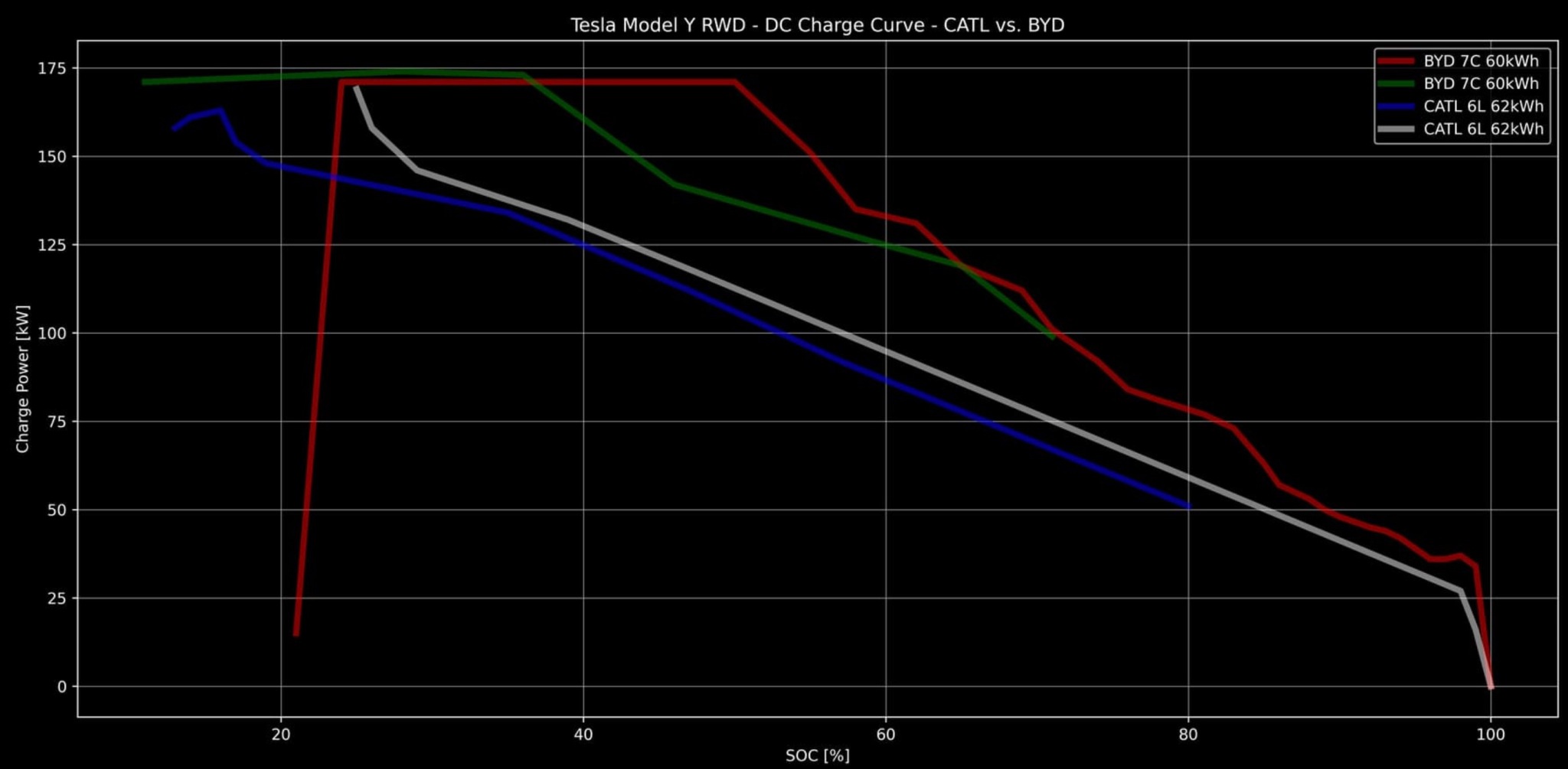
Nonetheless, this early indication of enhanced performance is promising. The new Model Y seems capable of maintaining a charging rate of 170 kW up to 50% state-of-charge, and approximately 100 kW at around 70% state-of-charge. In most cases, this should allow the vehicle to reach 80% charge in less than 30 minutes.
This development addresses one of the initial drawbacks associated with LFP cells, which have traditionally struggled to maintain high performance levels. As a result, potential buyers may now shift their attention to assessing the performance of these cells in colder climates, as cold weather has historically presented challenges for LFP-based batteries.
The collaboration between Tesla and BYD continues to reshape the EV landscape, with the introduction of BYD’s advanced battery technology offering exciting possibilities for the future. As the EV market evolves, advancements such as these bring us closer to widespread adoption and increased convenience for electric vehicle owners.

